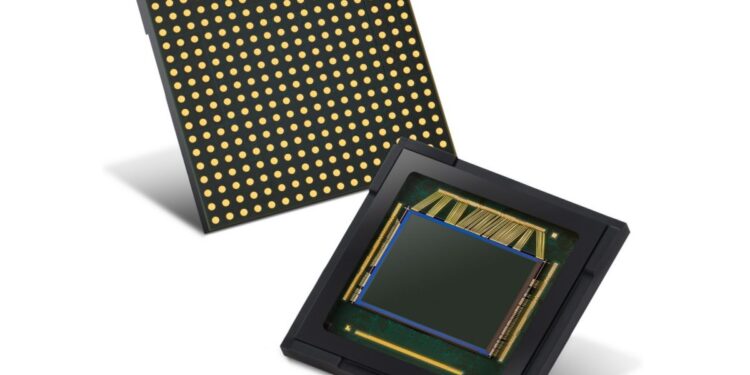Samsung may have given the greatest jump always in photographic technology. That said, it announced a very innovative sensor called ISOCELL 2.0. In practice, it will allow the development of ultra-powerful cameras that cannot be owed to cameras. Is this the beginning of the end or is there still a long way to go?
Samsung ISOCELL 2.0: is it now goodbye to cameras?
One of the components that has deserved a lot of attention on the part of smartphone manufacturers are the cameras. The modules are getting bigger and bigger as the number of sensors increases. That said, people are beginning to wonder how far this will go. In fact, many feel that the camera market may be more at risk than ever with this Samsung innovation that makes smartphones even more powerful.
Right from the start, ISOCELL 2.0 technology should bring great improvements in terms of light and color sensitivity. In addition, it will guarantee a crazy number of megapixels. The Korean giant says that this technology will minimize any optical loss and will help to capture excellent images at any time. It also allows you to absorb more light.
Smartphones that have Samsung cameras typically use ISOCELL technology. But the most recent ones use ISOCELL Plus. It is different due to the materials used in the components. However, ISOCELL 2.0 is even better. And when I say it best, it is leagues away.
Eventually we will still have the first sensors in 2021.
But is it really the end of the cameras?
From the point of view of professional photographers, with sophisticated equipment, the answer is clearly no. You will never see professional photographers using smartphones as their main camera at weddings and sporting events. But what about amateur photographers? What about parents, teenagers and everyone else? Can a person with little or no training do better with a smartphone than with a DSLR? This can already happen!
It is true that our smartphones do not offer the range of a 200 mm telephoto lens, but what is lacking in the range is compensated for by the spontaneity. People go with smartphones everywhere. With cameras, it doesn’t always happen.
A DLSR with a 200 mm lens will look great in many scenarios, but it will also be heavy. With the smartphone you just have to take it out of your pocket and take pictures.
It is true that it will be some time before we have real high resolution sensors on smartphones. There are already several attempts on the part of Samsung and Huawei but we are still not at the right point. However, most people do not need as much resolution, unless they are going to print the photos on a poster size. If you print the images at a normal size, the photos look great when taken in decent light. If you want to see them on your laptop or on TV, you are equally well served.
In addition, we have the convenience. When we finish taking a photo with the smartphone, we can immediately edit the images on Lightroom, publish the best ones on Instagram and back up your photos to the cloud without having to remove a memory card or connect a device to the computer. In a DSLR, more steps are already needed.




